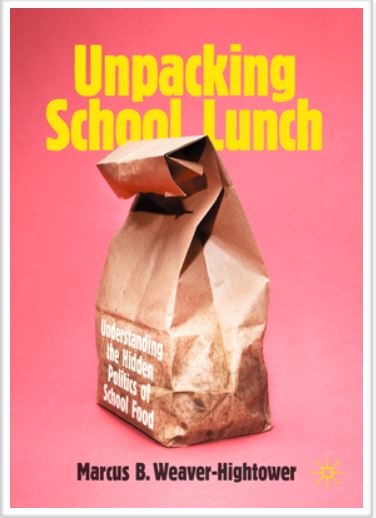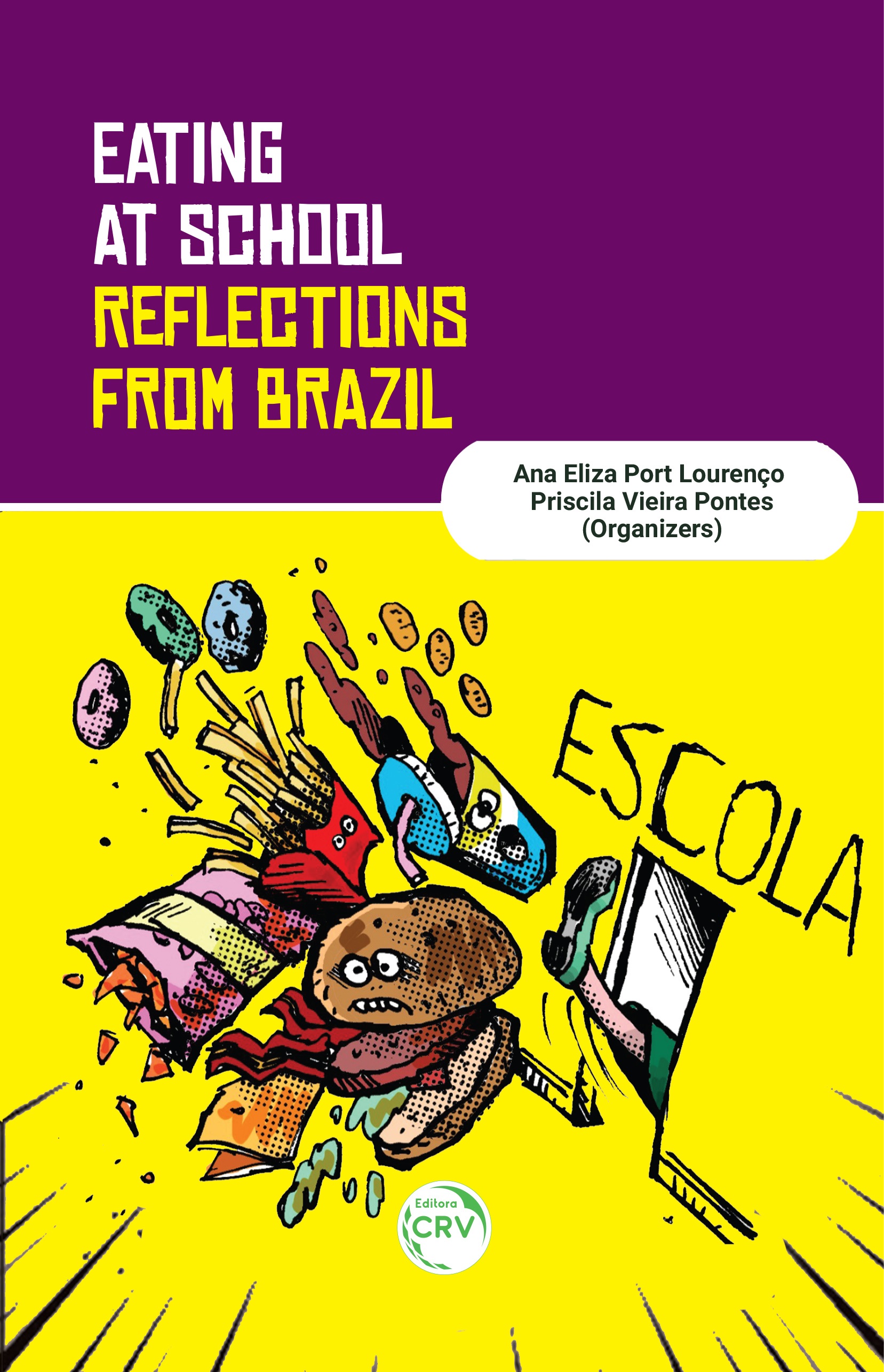The School Nutrition Association calls for universal school meals
Will wonders never cease. You might think that of course the School Nutrition Association, which represents people who cook and staff school meal programs, would be in favor of universal free meals for all school kids, but I was amazed to see its 2023 Position Paper.
This asks Congress to:
- Make permanent the reimbursement rate increases for the National School Lunch and School Breakfast Program (NSLP/SBP), provided in the bipartisan Keep Kids Fed Act (PL 117-158).
- Expand NSLP/SBP to offer healthy school meals for all students at no charge.
- Ensure USDA maintains current school nutrition standards rather than implement additional, unachievable rules.
- Reduce regulatory and administrative burdens.
I’m surprised because this is the same organization that fought improvements to the rules for school meals, as I have discussed previously.
I think it’s terrific that the SNA is now at the forefront of child nutrition advocacy.
Check out the resources on its website.
See what it’s doing to advocate.
Support these calls!
********
For 30% off, go to www.ucpress.edu/9780520384156. Use code 21W2240 at checkout.












